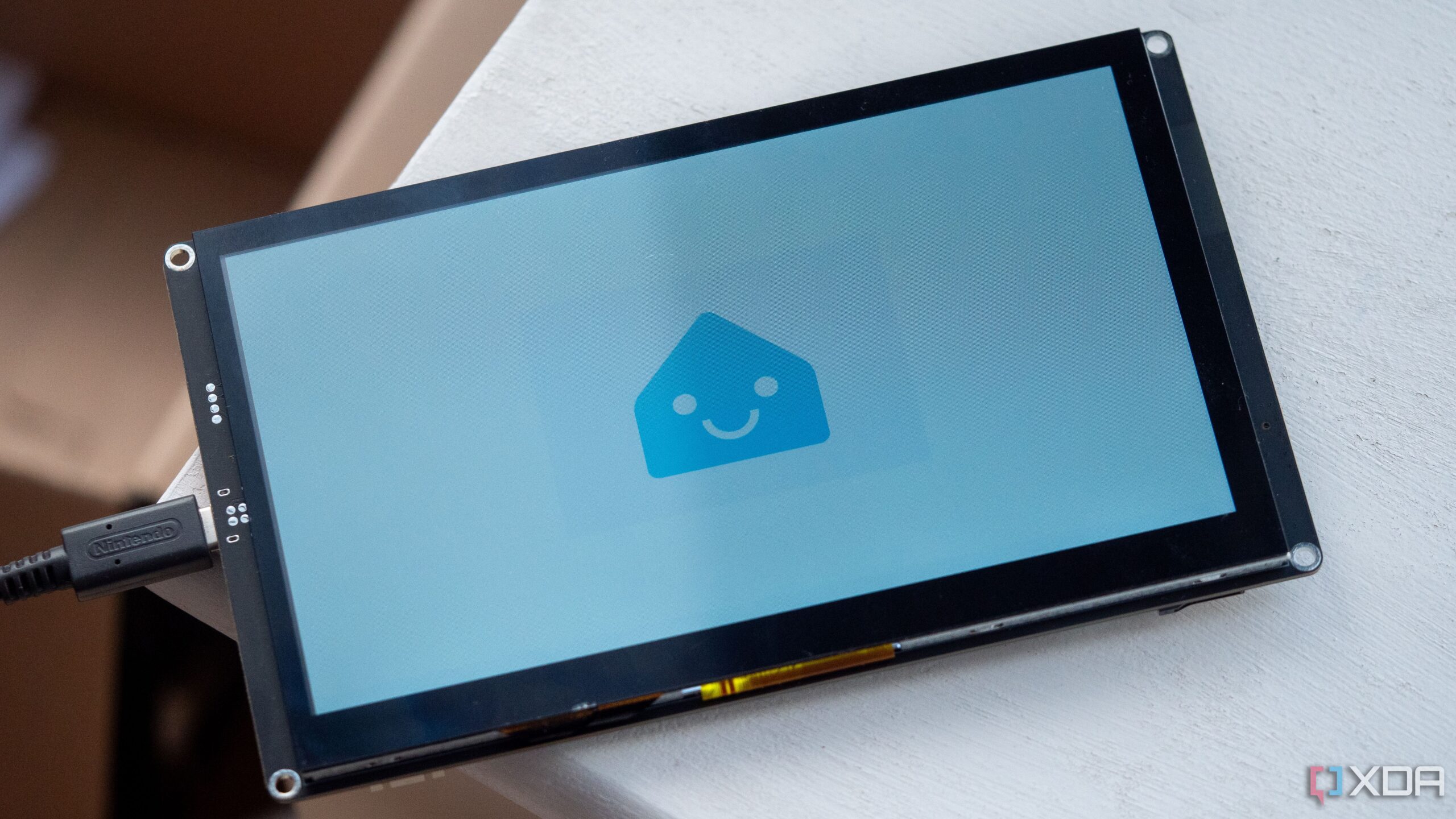Top Stories
DIY Smart Home Revolution: Users Build Own Devices Now

URGENT UPDATE: A growing number of tech enthusiasts are abandoning commercial consumer smart devices and opting to build their own hardware for home automation. This trend is reshaping the smart home landscape as users seek greater control and privacy over their devices.
As of October 15, 2023, reports indicate that many individuals are frustrated with the limitations of off-the-shelf smart devices, prompting them to construct their own alternatives. The shift towards DIY smart home solutions is fueled by concerns over closed ecosystems, cloud dependencies, and subscription fees that limit user control.
One notable pioneer in this movement is Ayush Pande, who has successfully transitioned from traditional smart devices to building custom hardware using tools like Zigbee and ESP32. These technologies allow him to create a range of devices that operate entirely on his local network, eliminating the need for internet connectivity and reducing reliance on external servers.
Pande’s journey began with a simple Zigbee coordinator and temperature sensors, which led to the development of a variety of smart home devices, including motion sensors and air quality monitors. He emphasizes that these DIY solutions, while not always sleek in appearance, outperform commercial products in functionality and reliability.
The ESP32, a versatile microcontroller, has become a cornerstone of many smart home projects. Pande reports that he can build devices for under $10, allowing him to customize firmware and adapt devices to his specific needs. This contrasts sharply with the limitations of commercial products, which often require ongoing subscriptions and are tied to manufacturer ecosystems.
In a revealing statement, Pande remarked,
“It’s hard to go back to hardware that you realize you don’t control, especially when everything you’ve built works so much better.”
DIY enthusiasts are finding their homemade devices not only functional but also tailored to their unique lifestyles. For example, Pande has created a XIAO 7.5-inch ePaper Panel that displays real-time weather and daily tasks, and a ReSpeaker Lite voice assistant powered by local language models. Each project serves a specific purpose, enhancing productivity and organization in daily life.
This movement is not without challenges. Users report that while the initial setup of DIY devices can be time-consuming, the educational benefits and sense of accomplishment are significant. Many have learned valuable skills in programming, electronics, and networking through their projects.
As this trend continues to gain momentum, experts urge consumers to weigh the pros and cons of constructing their own smart home devices versus purchasing commercial products. The shift toward DIY solutions signals a larger movement towards self-sufficiency and privacy in technology.
Moving forward, tech enthusiasts and DIY creators will likely continue to share their innovative projects, inspiring others to take control of their smart home environments. With the ongoing development in hardware and software, the future of smart homes may very well be in the hands of the users themselves.
Stay tuned for more updates as this DIY smart home revolution unfolds, and consider joining the movement to reclaim control over your smart devices.
-

 Science2 months ago
Science2 months agoInventor Achieves Breakthrough with 2 Billion FPS Laser Video
-

 Health2 months ago
Health2 months agoCommunity Unites for 7th Annual Into the Light Walk for Mental Health
-

 Top Stories2 months ago
Top Stories2 months agoCharlie Sheen’s New Romance: ‘Glowing’ with Younger Partner
-

 Entertainment2 months ago
Entertainment2 months agoDua Lipa Aces GCSE Spanish, Sparks Super Bowl Buzz with Fans
-

 Health2 months ago
Health2 months agoCurium Group, PeptiDream, and PDRadiopharma Launch Key Cancer Trial
-

 Top Stories2 months ago
Top Stories2 months agoFormer Mozilla CMO Launches AI-Driven Cannabis Cocktail Brand Fast
-

 Entertainment2 months ago
Entertainment2 months agoMother Fights to Reunite with Children After Kidnapping in New Drama
-

 World2 months ago
World2 months agoIsrael Reopens Rafah Crossing After Hostage Remains Returned
-

 Business2 months ago
Business2 months agoTyler Technologies Set to Reveal Q3 Earnings on October 22
-

 World2 months ago
World2 months agoR&B Icon D’Angelo Dies at 51, Leaving Lasting Legacy
-

 Health2 months ago
Health2 months agoNorth Carolina’s Biotech Boom: Billions in New Investments
-

 Entertainment2 months ago
Entertainment2 months agoRed Sox’s Bregman to Become Free Agent; Tigers Commit to Skubal









